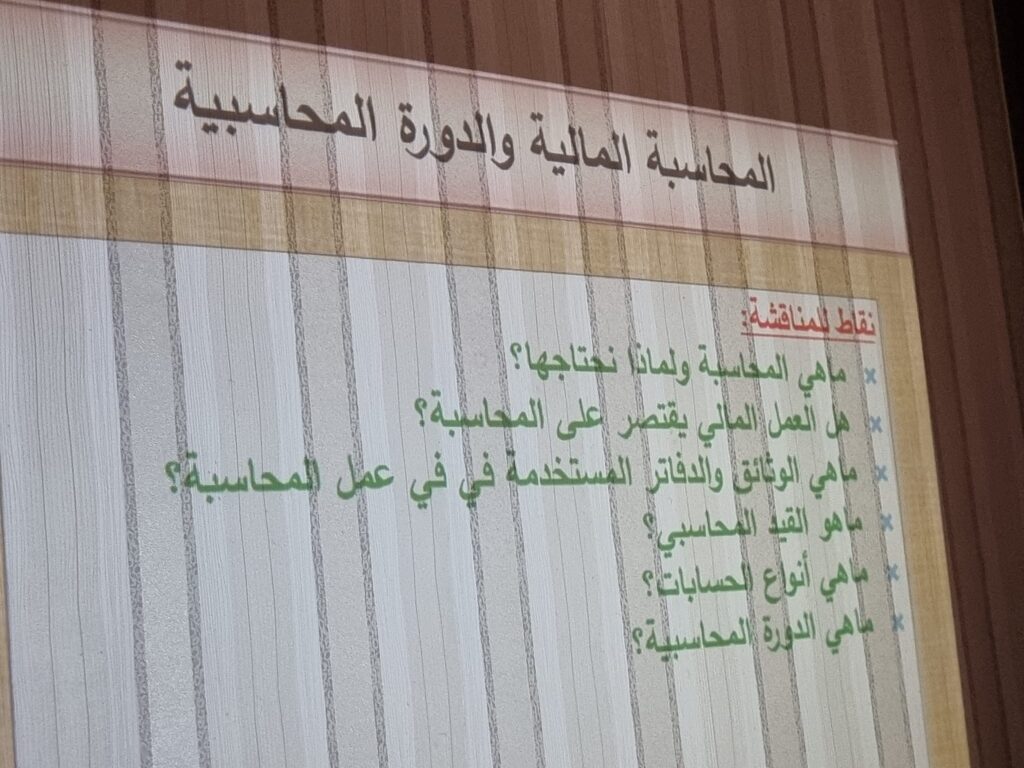#Human_Rights_Guardians, in partnership with #Al-Asfari Foundation, held
A two-day workshop at the headquarters of the Human Rights Protectors Organization in #Mardin
The trainer, Dr. Khalil Al-Hamdan, explained accounting and finance, explained its inputs and outputs, the budget and the balance sheet, and the difference between them. He explained the items of the budget equation from the assets that include liabilities and equity, and touched on the concept of accounts and their five types from the city: assets and expenses.
Creditors: Liabilities, equity, revenues and explanation of the statement of changes in equity
Accounting is defined as the science that studies the methods of identifying, recording, classifying and communicating the various financial operations of the establishment to serve specific purposes and has objectives that have been explained and has functions such as designing accounting systems and procedures, proving the recording of operations and displaying data and information. Then the trainer explained the books and documents used in accounting from the daily book and the general ledger.
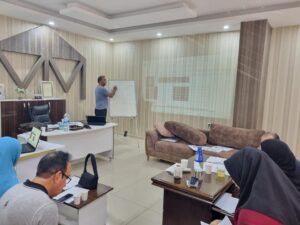


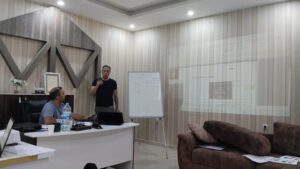

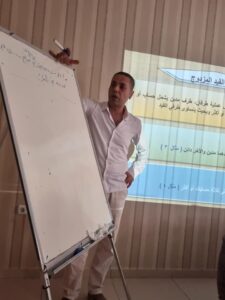
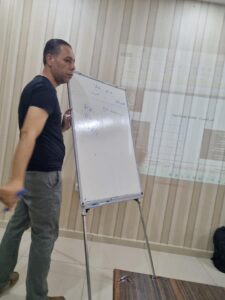
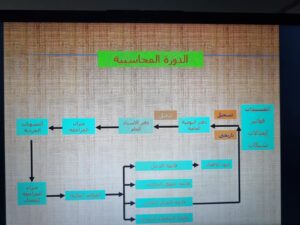
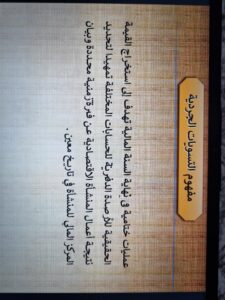
He said that the budget equation
Assets = Liabilities + Equity Explanation
The accounting cycle and its steps, from recording, posting entries, balancing accounts, making settlements, preparing financial statements, closing accounts and rotating them
He said that the components of the accounting system are a set of documents, records and reports used to complete the accounting cycle. He completed the concept of inventory adjustments.
On the second day, the trainer began reviewing what was explained on the first day.
Starting with practical examples of how to formulate the budget, how to classify items, start purchasing operations, explain the forms required to be filled out by the logistician, from the purchase order and request for price quotations if necessary, choosing the offers, the materials receipt statement, the purchase order, and the payment voucher, then the other requirements required from the accountant, such as the disbursement order, the receipt, and a request from the trainees.
Practical examples of purchasing materials and filling out forms in the optimal, accounting-acceptable manner. Finally, the financial policy of the organization was discussed, missing items were added, and items inconsistent with the organization’s work and its volume were removed, and finally
Many thanks to the trainer, Dr., for all the valuable information he provided.
Many thanks to the donor, Al-Asfari Foundation, for providing the necessary support to build human rights and humanitarian institutions and organizations to carry out their work in the best possible way.
Post link: Facebook


